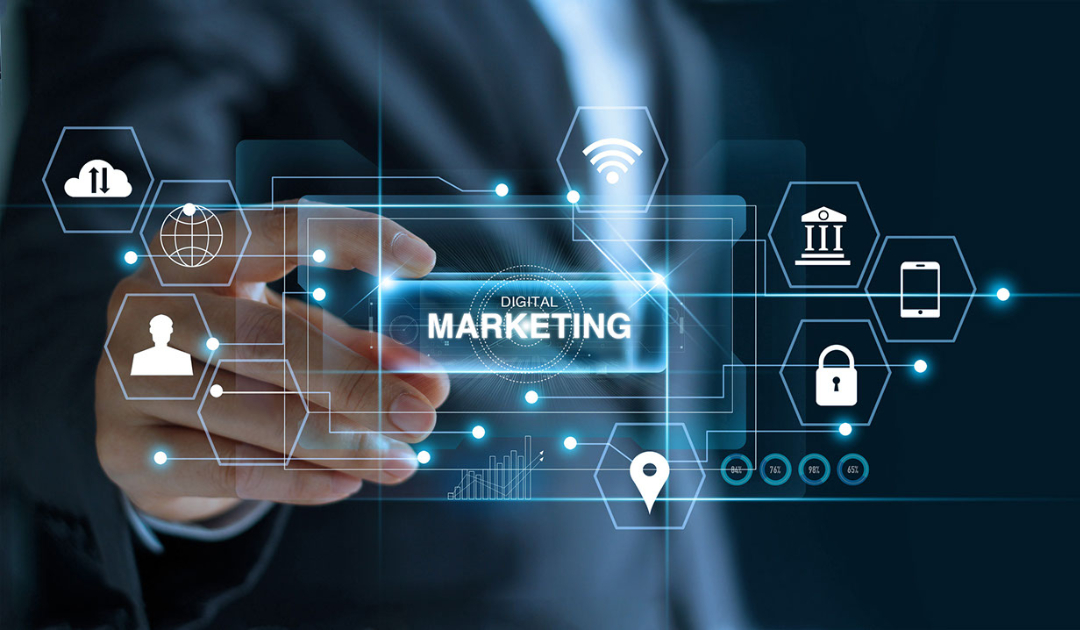
Budgeting for digital marketing will help ensure you have a steady stream of prospects and provide relationships with customers.
Your marketing budget depends on your gross revenue. Ideally, you should be allocating 7-8 percent of your gross revenue. The goal is to get to spending no less than $3,000 per month. That way, you have the best chance of experiencing sustainable, long-term results with your digital marketing initiatives.
If your business is still in the development phase, putting aside that much money for marketing will likely sound daunting. But if you hope to grow your business, you’ll need to invest in it starting with digital marketing initiatives that are the most likely to drive new leads and strong sales.
Investing in customer acquisition and relationship building with existing customers will pay off immensely. So how should you be spending your 7-8 percent gross income on digital marketing? Here’s a look at priority initiatives.

Your website and its speed are essential to building a firm foundation for your digital marketing. That’s because 70-80 percent of people research a company online first.
You have to make a good first impression. Professional website design and development will be an upfront investment. But since your entire online presence hinges on a strong website presence, investing in this area is essential.
And once your high-quality website is ready to welcome visitors, you need to ensure you have the best hosting to provide a secure, fast online browsing experience for your customers. Cheap hosting can mean you experience more downtime than is necessary. Plus, website speed plays a crucial role in your SEO strategy and success.
Once you’ve invested in a high-quality website, you want to ensure customers can find you organically. And while you might be thinking that the term “organic” means free and that you won’t need to allocate any of your budget here, that’s not generally the case.
Most businesses do not have the in-house experts to achieve strong organic search results or stay up to date on every algorithm change or adjustment that search engines make that could impact your results.
SEO requires ongoing care and attention to do it well, which is why you’ll want to put aside some of your budget to ensure your rank well for SEO.
As social media and text messaging have risen as popular forms of communication, some people believe that email is dying off. Regardless of your personal feelings toward email, it’s still the marketing channel with the highest ROI.
But you can’t just blast emails out to your full contact list constantly selling your products and expect to see great results. With time, people will unsubscribe from your list as they tire of you selling to them non-stop. Instead, what you should be doing is building a solid content plan that provides added-value content to your customers.
Segmenting your list by their interests and the type of product they generally purchase will also help you see greater outcomes from each email.
Content marketing is an essential element of bringing new prospects through inbound marketing. It also aids in helping you rank for SEO and target long-tail keywords. Without professionally written content, you’ll struggle to connect with your customers and connect on a deeper level. Content marketing is present in:
You can’t just write anything. Clear planning is essential. And with a high-quality writer who knows SEO and writes with clarity and brevity.

Although reputation management might not have a direct cost associated with it, you’ll need the staffing to monitor what people are saying about you and to respond accordingly. Plus, you might also need to invest in software to make the process easier.
Word-of-mouth advertising can be a powerful way of getting introduced to new customers, it also takes some maintenance and strategy to avoid a negative online reputation.
Running targeted pay-per-click advertising campaigns can help you connect with new customers based on their interests and the websites they visit. You can run PPC ads on:
The more you know about PPC ads, the easier it will be for you to ensure a low cost per customer acquisition to improve your bottom line. To get started, you should have no less than $500 to devote to PPC ads to allow adequate room for targeting your audience.
Digital marketing can help you grow your business, regardless of how you sell your products and services. Allocating enough of your budget toward digital marketing will ensure you have a way to maintain your relationships with customers and build relationships with prospects.
Learn more about how New Light Digital can help you build an effective digital marketing plan based on your budget by scheduling a free consultation now.
Further reading: